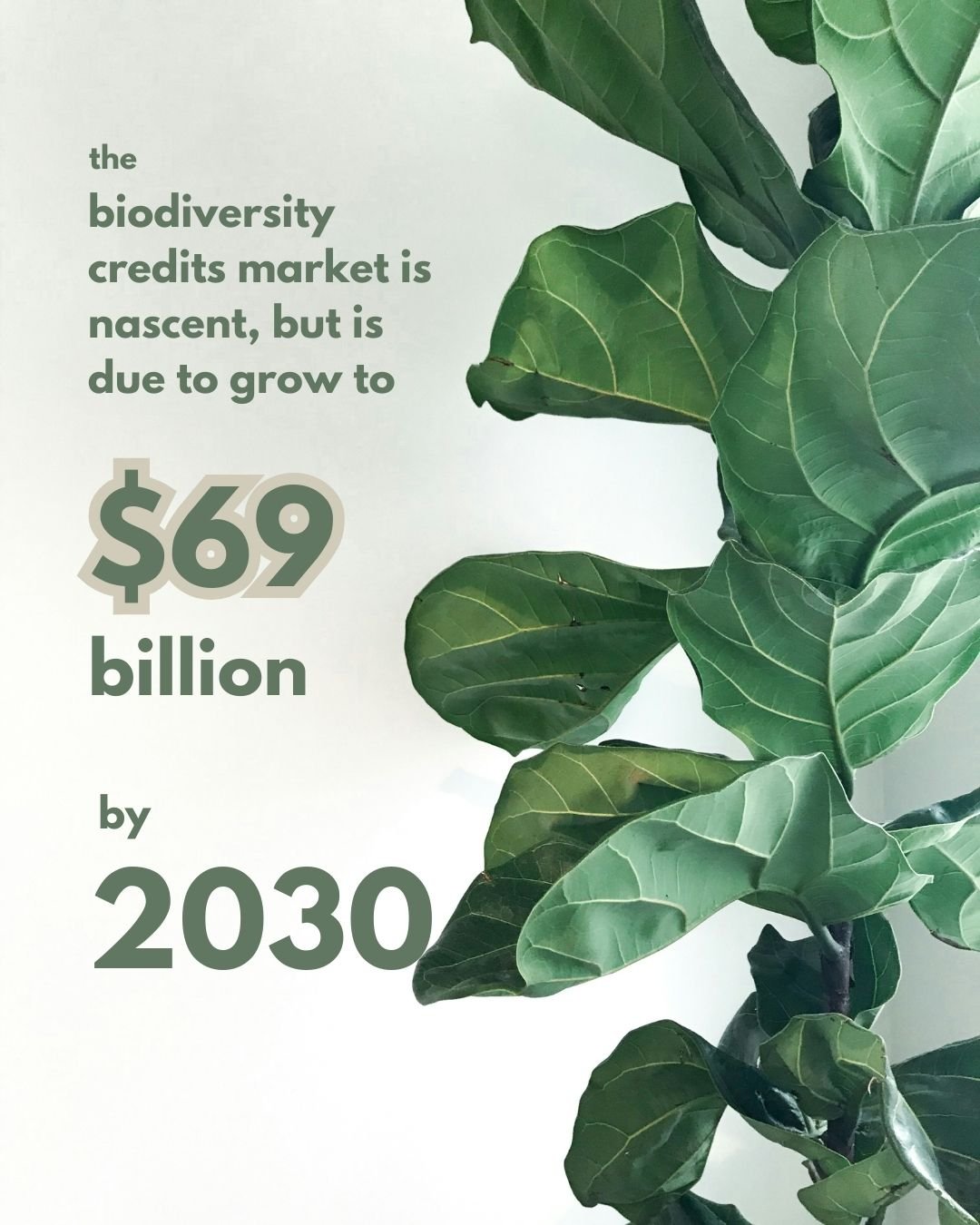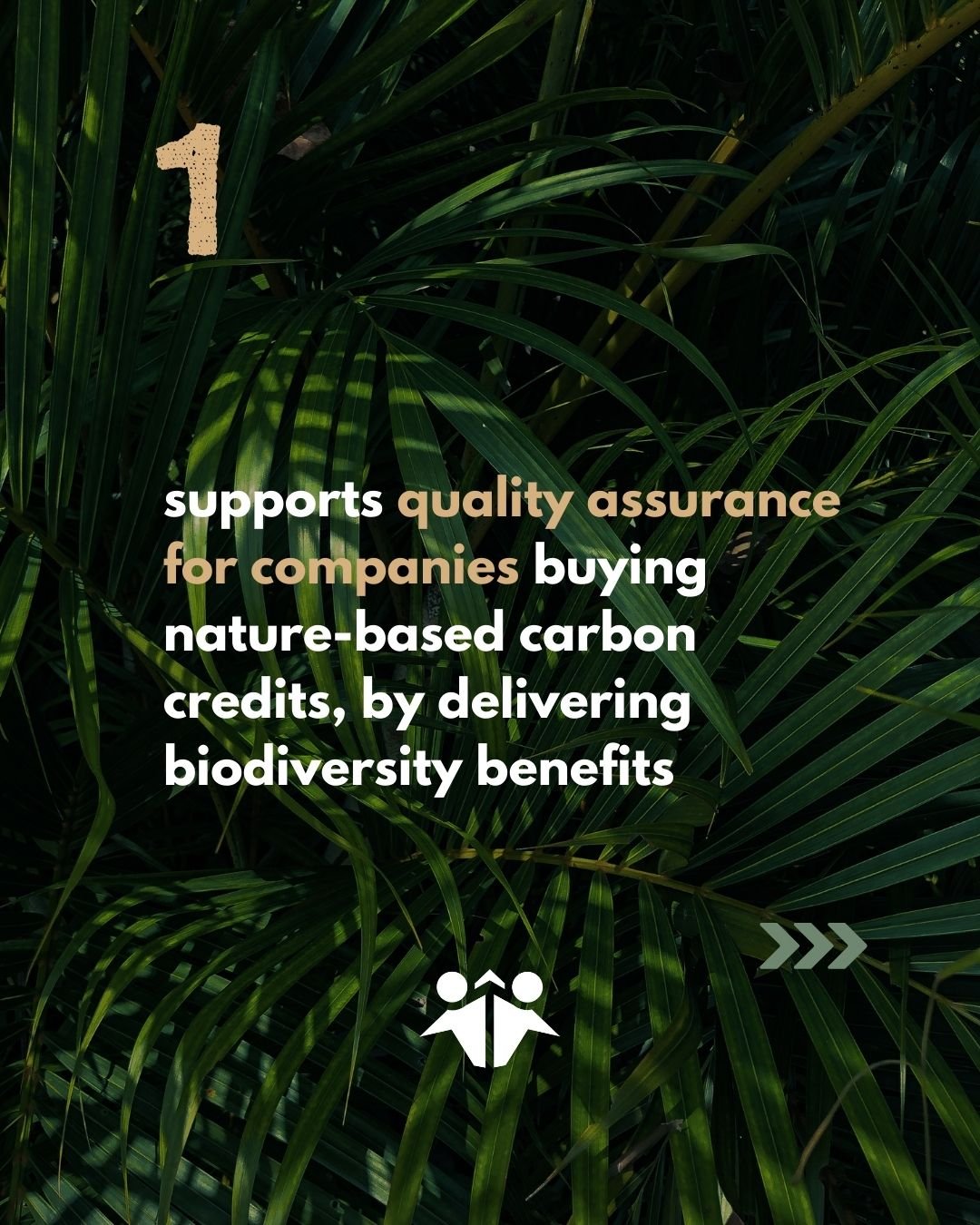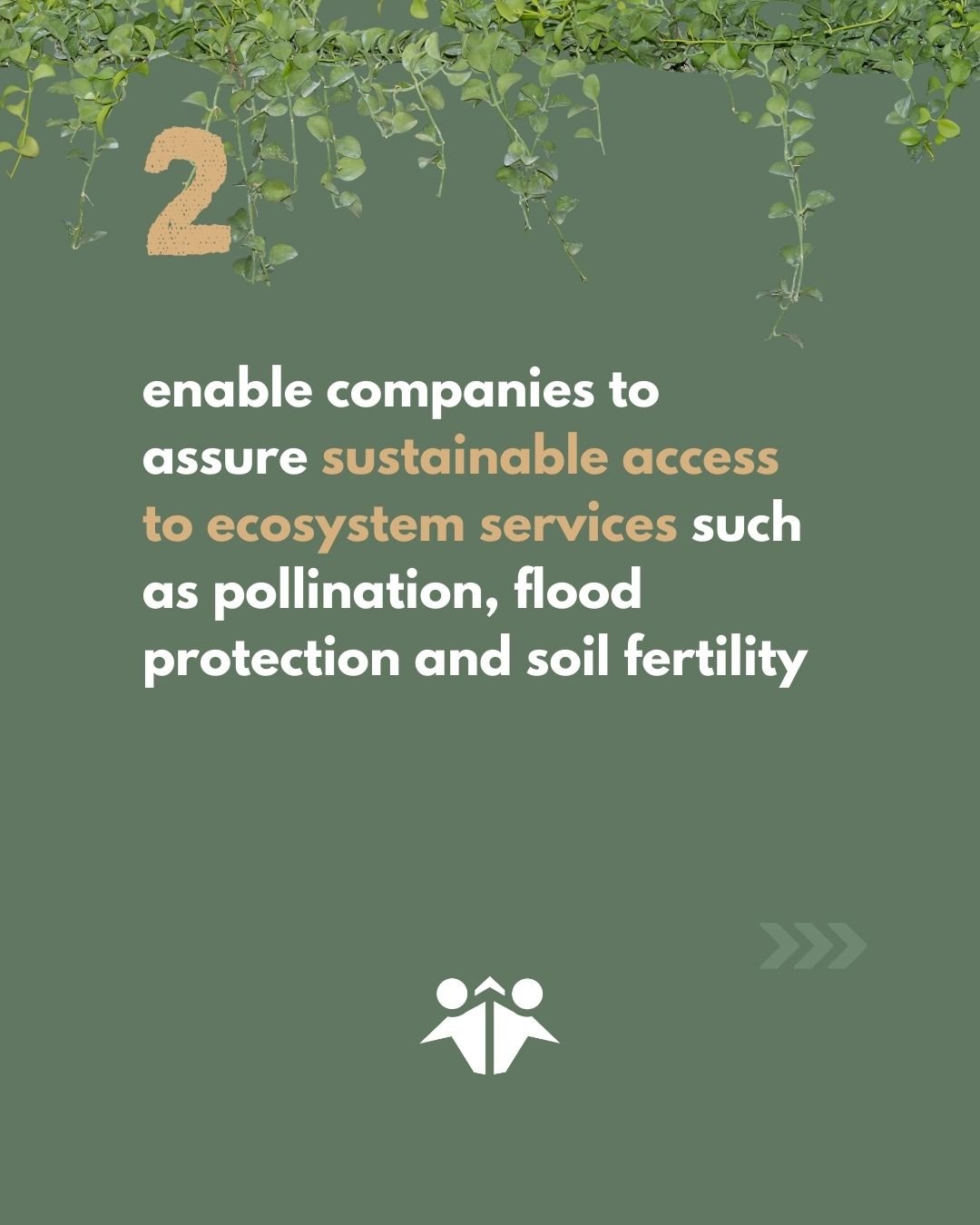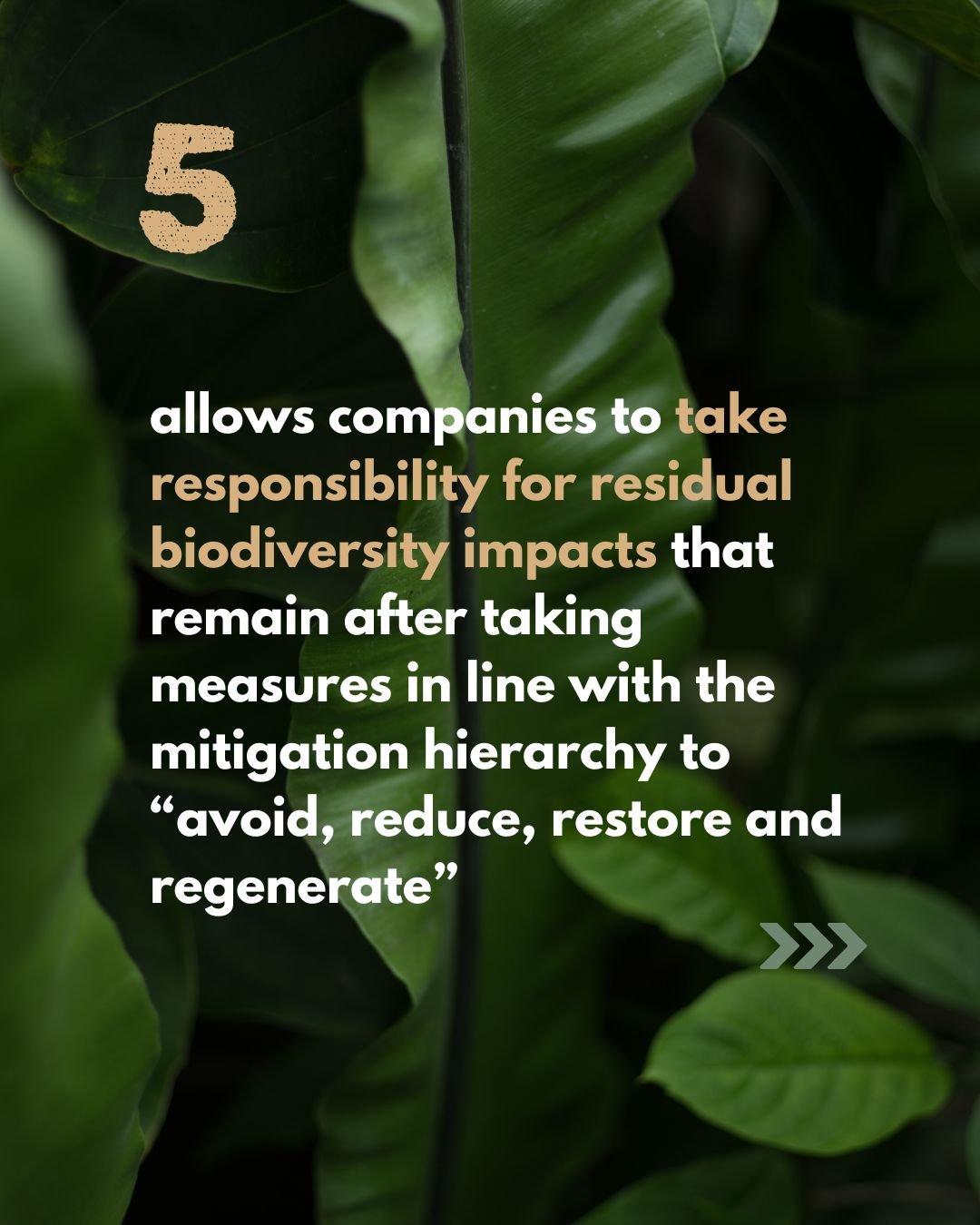What are Biodiversity Credits?
Biodiversity credits are payments for measurable and scientifically based biodiversity outcomes. Whilst there is no official definition yet, they can be thought of as a vehicle to invest in the conservation and restoration of nature. And can be thought to be verifiable, quantifiable and tradeable ‘nature units’ that are applied over a fixed period.
But, why are Biodiversity Credits even needed?
Well, the Biodiversity Intactness Index (BII), shows how much of an area’s natural biodiversity remains. The BII ranges from 100-0%, with 100 representing an undisturbed natural environment with little to no human footprint. If the BII is 90% or more (darkest area of the maps), the area has enough biodiversity to be a resilient and functioning ecosystem. Under 90%, biodiversity loss means ecosystems may function less well and less reliably. If the BII is 30% or less, the area’s biodiversity is considered to have been depleted and the ecosystem could be at risk of collapse.
As you can see from the diagram above there yellow and orange areas across the globe. There are also significant orange and yellow areas indicating large areas of ecosystem collapse, notably in Brazil, Bangladesh, Mongolia, Australia and China. It’s these areas that would most benefit from nature conservation and restoration efforts, and Biodiversity credits can help with that.
Whilst the biodiversity credits market is still considered to be in an early stage of development, it has the potential to be a compelling, innovative instrument for financing positive outcomes for nature. The landmark Kunming-Montreal Global Biodiversity Framework (GBF), adopted by 196 governments in December 2022, encourages unlocking finance through “innovative schemes such as...biodiversity offsets and credits” and so they are starting to gain more interest and traction. So much so in fact that the market is expected to from from $8million in 2023 to $2 billion in 2030 through to $69 billion in 2050.
So, What Does This Mean for Business?
Well, in the run-up to the UN’s Biodiversity Conference (COP 15) in 2022, more than 330 companies called on heads of state and governments to include mandatory disclosure for large and transnational businesses as part of the GBF’s Target 15, below.
But, it goes beyond the corporates. Many stakeholders see biodiversity credits as being issued across both land-based and ocean-based ecosystems in ways flexible enough to appeal to a wide range of stakeholders. Such as organizations that have mandates to deliver nature outcomes, or have statutory obligations to fulfil, e.g. environmental charities, non-governmental organizations, donor-funded trusts, governments, multilateral development banks or public sector organizations.
So, How Will These Credits Deliver Value?
For the buyers of credits, as mentioned above, biodiversity credits could offer a reliable mechanism for mitigating nature-related risks, enhancing productivity, providing access to ecosystem services, and demonstrating a positive contribution to nature outcomes.
If done right, these credits could deliver value to companies in the following ways:









1️⃣ Support quality assurance for companies buying nature-based carbon credits, by delivering biodiversity benefits
2️⃣ Enable companies to assure sustainable access to ecosystem services such as pollination, flood protection and soil fertility
3️⃣ Demonstrate a corporate contribution to the global goals set out in the GBF, which will help businesses build a positive sustainability reputation among employees, investors and customers
4️⃣ Allow companies to create products bundled with nature improvements that help meet customer demand for nature outcomes, while securing product-based green price premiums
5️⃣ allow companies to take responsibility for residual biodiversity impacts that remain after taking measures in line with the mitigation hierarchy to “avoid, reduce, restore and regenerate”.
And for suppliers of biodiversity credits they can provide a source of revenue for Indigenous peoples and local communities credits that enhance livelihoods and also enable the financing of high- integrity projects at scale, especially for developers in ecosystems with insufficient carbon funding or limited ability to access it.
But for this market to bear fruit, many of the principles of the carbon markets will need to be in place. This includes confidence in the quality of credits, the robustness and comparability of claims, and the means of measurement and accounting, transparency and standardised information and governance.
Conclusion
If designed and implemented with integrity and transparency, biodiversity credits have the potential to deliver positive outcomes for nature and ecosystems, shift how economic activities account for externalities, mitigate disruption to businesses and their supply chains and benefit local communities and Indigenous peoples that may have safeguarded nature for generations.
Whilst there is work to be done in this nascent market, they hold within a huge green potential.
